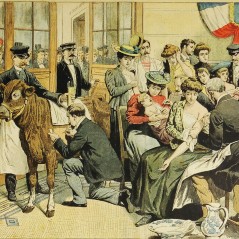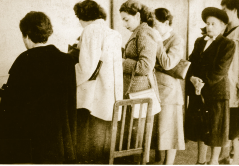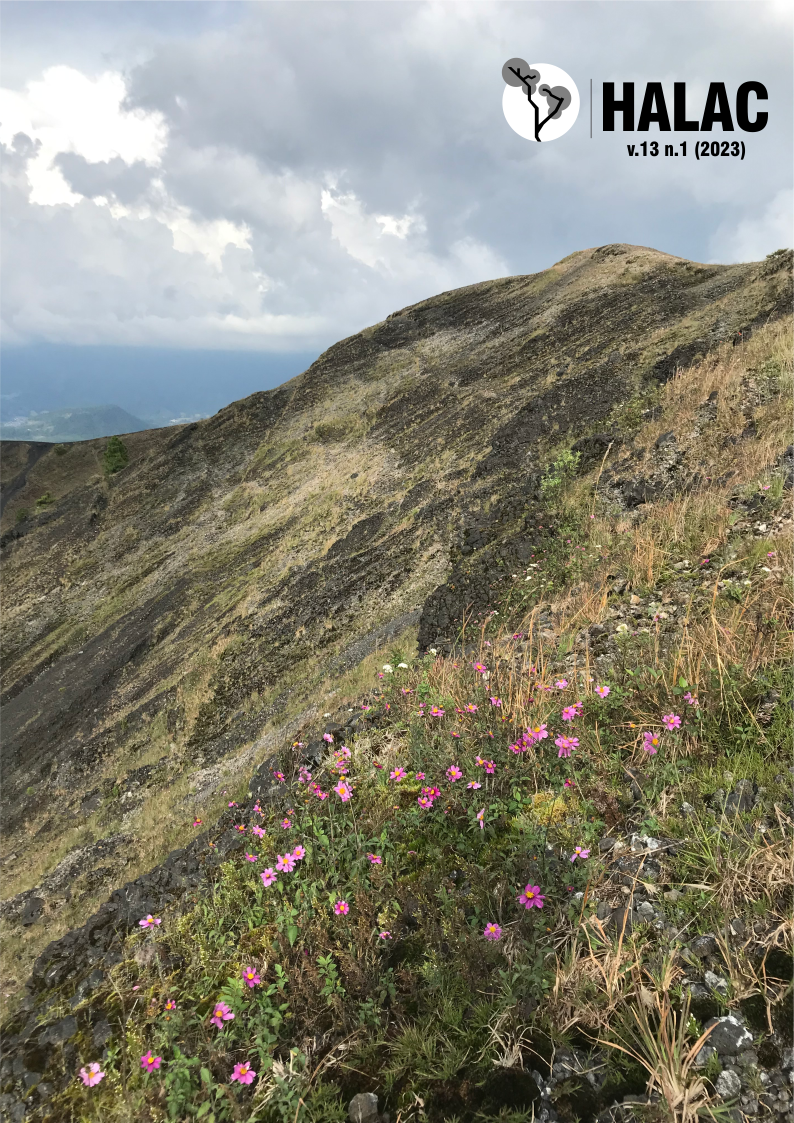December 2020
American cutaneous leishmaniasis – a disease that causes wounds, emerged as a major public health problem in the Amazon region in the 1970s. It did so in direct association with economic and political changes which caused deep social, environmental, urban, and demographic transformations. One important contributory factor to this was the migratory flow triggered by the creation of the free trade zone of Manaus in 1967 and other large-scale development projects in subsequent decades.

A story by Phelippe Daou about the process of creating highways and the industrialization process in Amazonas. Photo: Fernando Folhadela. Revista Manchete Ed. 683 – 22.05.1965. Biblioteca Nacional/ Instituto Durango Duarte
In Health, science and development: the emergence of American cutaneous leishmaniasis as a medical and public health challenge in Amazonas state, Brazil (HCS-Manguinhos, v. 27, n. 3, jul/set 2020), Cláudio de Oliveira Peixoto (Instituto Leônidas e Maria Deane/Fiocruz Manaus) analyzes – from an historical perspective – the emergence of the disease in the region since the 1970s.
Based on documental analysis of laws, scientific literature, research reports, epidemiological bulletins, and newspapers, it shows that American cutaneous leishmaniasis emerged as a major health problem in Amazonas in close association with the political, economic, and socioenvironmental changes seen in the period.
Related articles:
Peixoto, Cláudio de Oliveira. Saúde, ciência e desenvolvimento: a emergência da leishmaniose tegumentar americana como desafio médico-sanitário no Amazonas. Hist. cienc. saude-Manguinhos, Set 2020, vol.27, no.3
The tropics, science, and leishmaniasis The article investigates the process of circulation of knowledge which occurred during the first decades of the twentieth century between South American researchers and Europeans.
Leishmaniases from a historical and global perspective Brazil is the country in the Americas with the most cases of this disease in its three forms: cutaneous, mucocutaneous, and visceral.
Railroads and tropical medicine in BrazilThis paper by Jaime Benchimol and André Felipe Cândido da Silva, our former and current science editors, shows how railways supported the development of tropical medicine in the First Republic.
Los Ferrocarriles del Estado en Argentina y su contribución a la ciencia Elena Salerno discute el aporte de la política ferroviaria argentina entre 1853 y 1943 para el combate de enfermedades endémicas y el desarrollo del campo de la Ingeniería.











